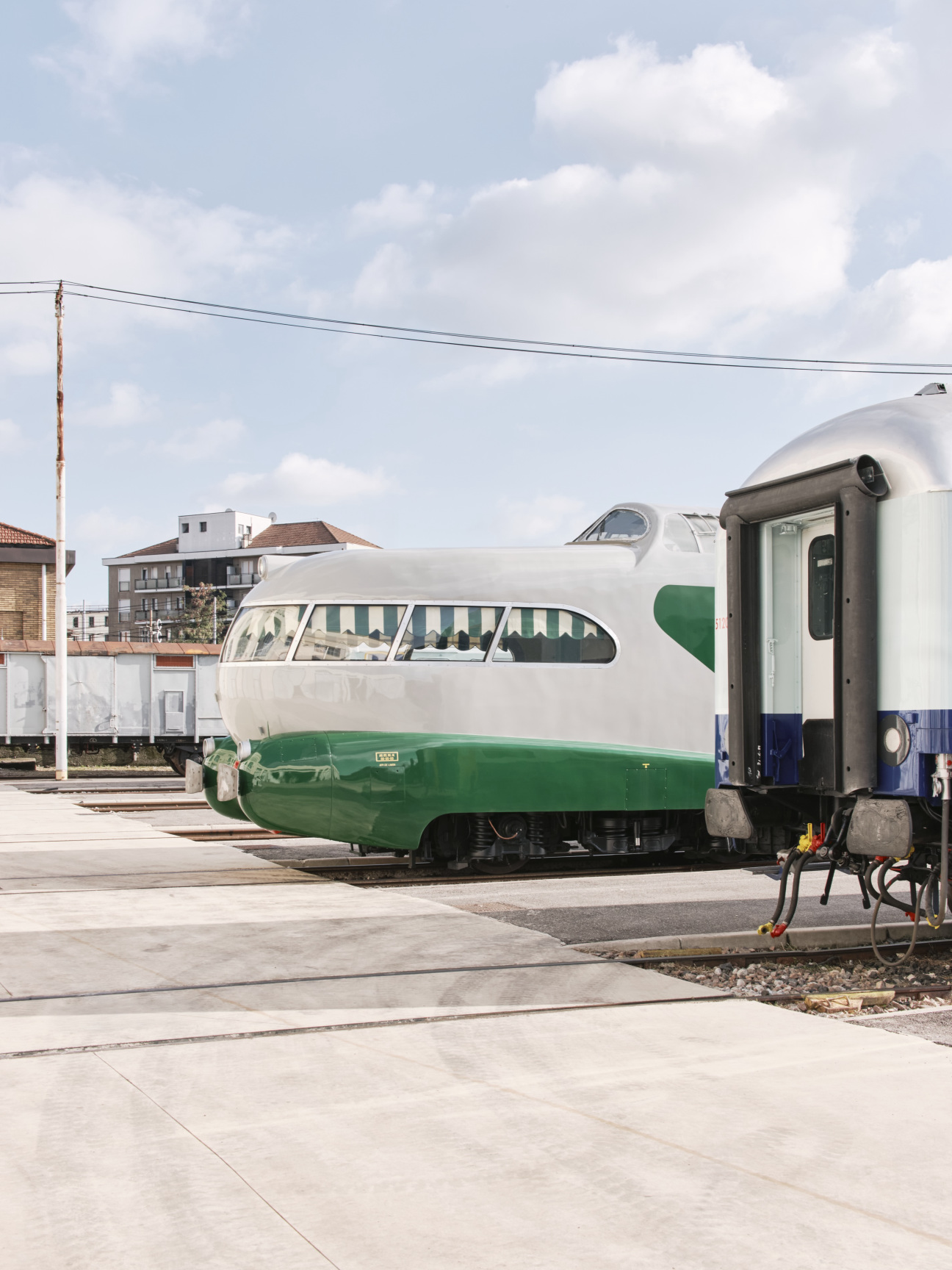
What does it mean to be “in transit” today? In a world where shipped packages outpace passports and data travels more freely than people, mobility has become, in and of itself, a juxtaposition—simple for some, barricaded for others.
It’s this central question that underscored the 2025 edition of Prada Frames in Milan. Held in parallel with the city’s Salone del Mobile design fair, the iconic symposium returned for its fourth edition with an ambitious theme: “In Transit.” Curated by the Milan-based design-research studio Formafantasma, the program didn’t merely analyze infrastructure—it inhabited it.
Presentations took place inside a midcentury Gio Ponti-designed Arlecchino train and the elegant Padiglione Reale at Milan’s Central Station, fusing physical movement with philosophical exploration: green embellishments, aerodynamic interiors, and panoramic lounges—a testament to true Italian hospitality. Key speakers spanned from artist Hito Steyerl to astrophysicist Ersilia Vaudo and curator Paola Antonelli, with daily sessions framed by critic Alice Rawsthorn and cultural strategist Natalia Grabowska.
This year's symposium moved through topics as layered as the infrastructures it explores—from A.I. and surveillance to global shipping, food systems, and even speculative futures. Known for developing a practice that bridges design, ecology, and politics, CULTURED caught up with Formafantasma founders and Salone showcase alums Andrea Trimarchi and Simone Farresin about purposeful curation, the challenges of contemporary infrastructure, and the critical future of design.
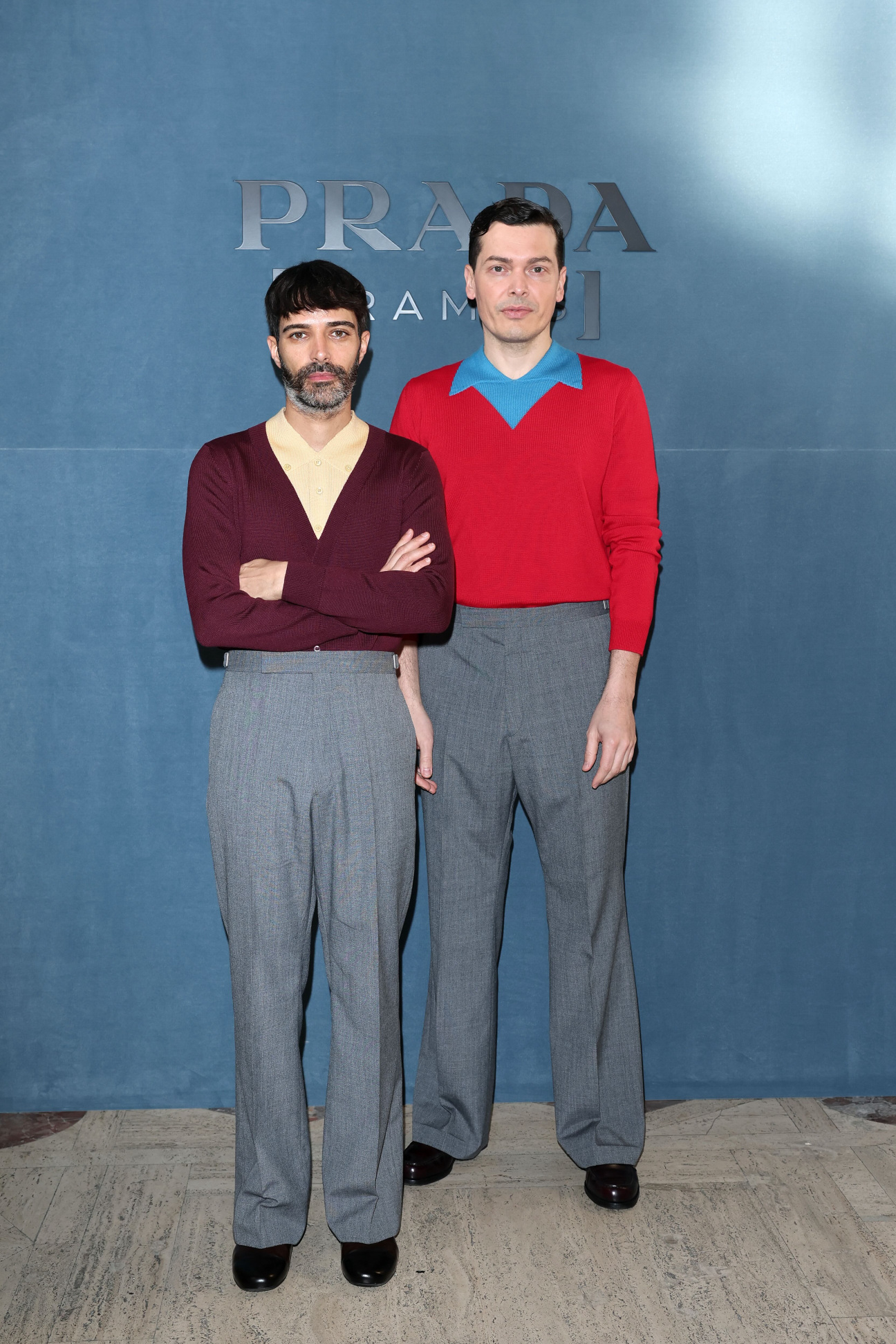
CULTURED: This is your fourth year curating a symposium for Prada Frames, can you bring us through the process of selecting themes and organizing speakers?
Andrea Trimarchi and Simone Farresin: Each edition of Prada Frames is rooted in continuity and progression—conceptually, we see the series as a long-form investigation rather than isolated chapters. Mrs. Prada is never interested in just doing an event. She’s interested in real projects that can evolve over time. The theme we focus on emerges mostly from concerns in response to the social, ecological, and political urgencies of the moment. Mrs. Prada is also contributing critically, adjusting how each edition of Prada Frames evolves. She is involved from the beginning until the end. After “On Forest,” “Materials in Flux,” and “Being Home,” it felt natural to zoom out and examine infrastructure—not just as a technical system, but as a cultural construct that underpins daily life.
When curating speakers, we’re not looking for agreement or a fixed narrative. Instead, we aim for multiplicity—bringing together voices from across disciplines who can expand, contest, and challenge the theme from radically different vantage points. We think of the symposium as a space of friction and dialogue, not resolution. So, our process is as much about finding tensions and contrasts as it is about identifying overlaps.
CULTURED: What kind of infrastructure do you see as the most critical to the future of design, and how do these infrastructures interact with each other?
Trimarchi and Farresin: It’s hard to single out one kind of infrastructure, because part of our argument is that they’re fundamentally interdependent. Digital infrastructure enables the circulation of data but is reliant on physical servers, cables, and energy networks. Similarly, supply chains that bring materials to a factory are intertwined with labor infrastructures, legal frameworks, and climate systems. What we find most urgent is to look at these networks not in isolation, but as ecologies—with feedback loops and consequences that often go unseen. The future of design depends on an ability to navigate this complexity and to intervene not just at the object level, but within systems. That means designers must become more literate in fields like logistics, policy, and environmental science—not to become experts, but to understand how their work connects to broader flows.
CULTURED: How do you approach the balance between the functional and aesthetic dimensions of infrastructure in your curatorial work?
Trimarchi and Farresin: Infrastructure is often invisible, or at least unnoticed—yet it profoundly shapes how we live. In our curatorial work, we try to surface its aesthetic and symbolic dimensions without fetishizing it. We’re interested in how infrastructure constructs meaning, mediates access, and reflects values—not just how it performs technically. So rather than thinking in binaries of functional versus aesthetic, we try to ask: What kind of world does this infrastructure enable? Whose lives does it support, and whose does it neglect? This helps reframe infrastructure as a cultural artifact, one that is always political and never neutral.
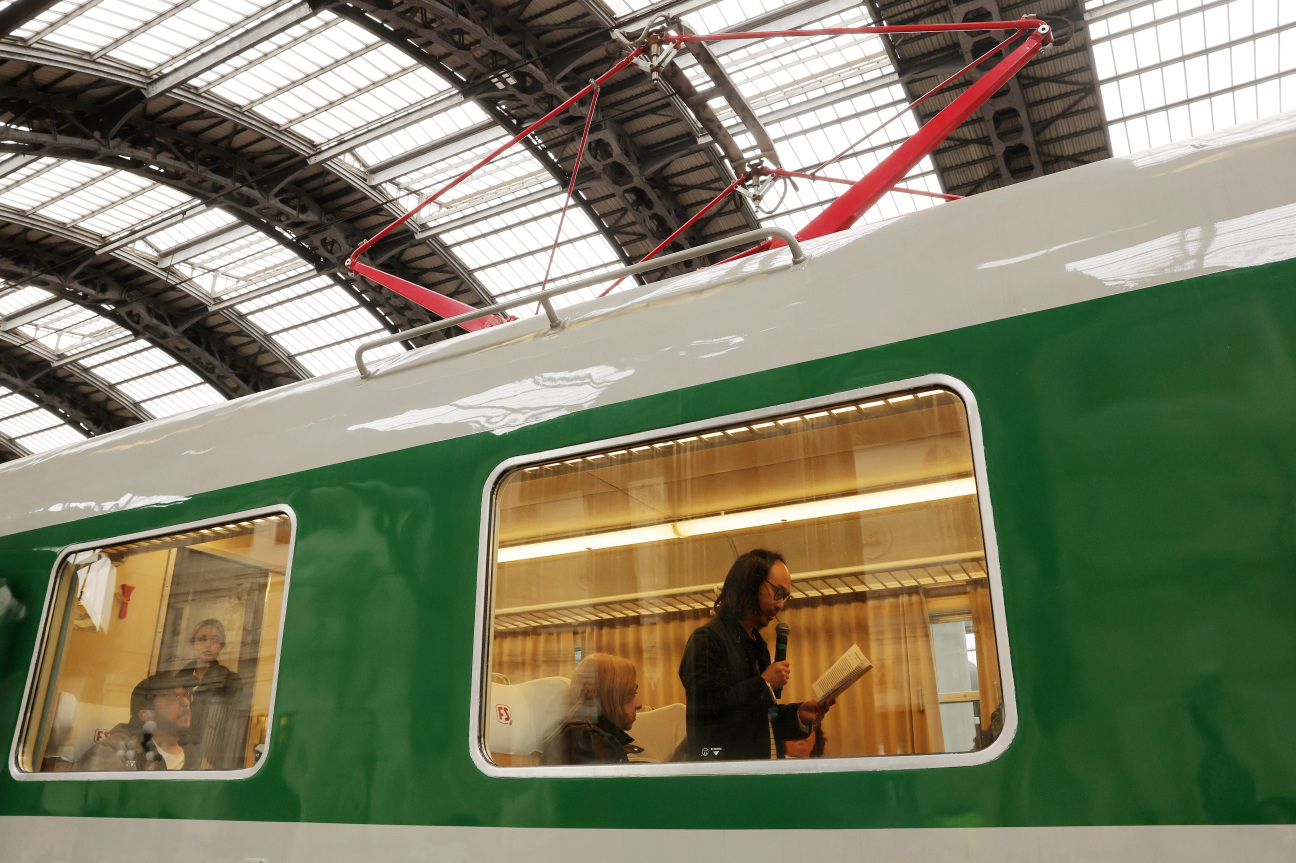
CULTURED: What do you see as the biggest challenge for designers today when it comes to addressing societal needs through infrastructure?
Trimarchi and Farresin: One of the biggest challenges is scale—how to make meaningful interventions in systems that are vast, slow-moving, and often governed by forces beyond the designer’s immediate control. There’s also a structural issue: design education and practice still often prioritize the individual object or user experience, rather than systems thinking. Another challenge is the tension between short-term deliverables and long-term impact. Infrastructure demands durability, care, and maintenance—qualities that don’t always align with market dynamics or fast design cycles. Designers must shift from being solution-makers to being facilitators and critical thinkers—able to ask better questions, not just offer sleek answers.
CULTURED: How do you decide which materials or technologies to incorporate into your projects when considering the longevity of infrastructures?
Trimarchi and Farresin: We always try to consider materials not just for their immediate performance, but for their life cycles—their extraction, processing, use, and afterlife. Longevity doesn’t only mean durability; it also means adaptability, repairability, and ecological compatibility. Our decisions are shaped by both research and intuition. We study the material histories and sociopolitical contexts of the components we work with. But we also believe in critical design—choosing to use a material not because it’s easy or trendy, but because it provokes reflection or reveals something hidden.
CULTURED: How does Formafantasma’s visual language coincide with Prada’s?
Trimarchi and Farresin: There is an affinity in our shared interest in conceptual depth and clarity. Prada has always embraced complexity, contradiction, and cultural critique—values that resonate deeply with our own approach. Our visual language tends to be pared back, if needed also expressive and opulent, but always in service of exposing systems or provoking thought. In that sense, we see visuality not as decoration, but as a form of inquiry. Prada Frames, as a collaboration, is an example of how this alignment plays out—not through matching aesthetics, but through a shared commitment to content over image, depth over surface.
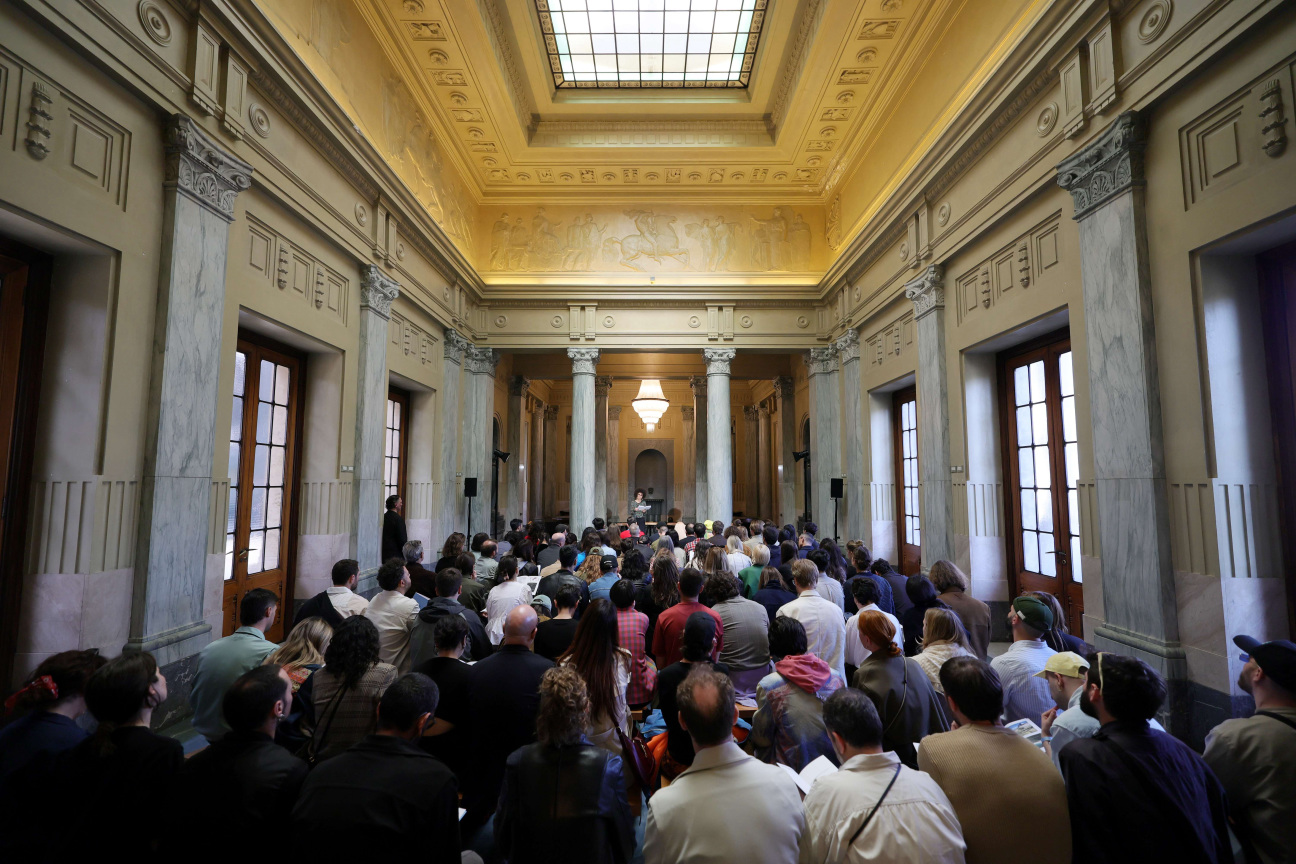
CULTURED: Do you tackle a client project and a self-initiated project differently?
Trimarchi and Farresin: With a client project, there’s always a set of constraints—timeline, budget, objectives. But those can also be productive. We try to use them as a framework within which to challenge assumptions and push boundaries. The goal is to create outcomes that are both relevant to the client and meaningful within a larger discourse. With self-initiated projects, we have more freedom—but also more responsibility. We define the questions, the methods, the criteria for the final outcome. These projects often become the foundation for later collaborations, because they articulate our values and interests in the most unfiltered way. We feel in our practice it is equally important to be independent in some works and in conversation with clients in others. We are interested in imagination but also reality.
CULTURED: How do you balance critical research with digestible design?
Trimarchi and Farresin: We don’t believe in simplifying complexity—but we do believe in clarity. The balance lies in making research accessible without diluting it. We try to distill ideas down to their essence, then reframe them through formats that people can engage with—whether that’s a symposium, a product, or a visual narrative. It’s about designing entry points into difficult topics. The goal isn’t to make everything easy, but to invite people in—through language, through space, through material. This is a subject we find both interesting and problematic. There’s a widespread misconception in education that accessibility means full comprehension. But in reality, we’ve all read books or watched films where we didn’t understand everything—and that’s okay. Encountering the unknown is part of the process.
We believe people should be encouraged to engage with complexity, even when it isn’t immediately graspable. Meaning—like life—is sometimes mysterious. Full understanding isn't always the goal; sometimes it’s enough to start with a feeling, a fragment, or a question. Understanding deepens over time. Learning isn’t linear, and it’s rarely easy.
CULTURED: What do you see as your role within the Prada Frames collaboration? What do you see as your role in the greater scope of design?
Trimarchi and Farresin: Within Prada Frames, we see ourselves as curators and facilitators—assembling ideas, guiding dialogue, and creating the conditions for reflection. Our role is not to dictate conclusions but to frame the questions. We have been lucky enough to have the intellectual freedom to develop the work, but also to find in Mrs. Prada a bright commissioner and an incredibly sharp critical mind that is very quickly spotting intellectual strengths or weaknesses that need improvement. In the broader field of design, we hope our role is to expand the definition of what design can be—not just a practice of making things, but a practice of thinking, questioning, and caring. We want to push the discipline toward greater criticality and responsibility. Not as a burden, but as a form of care—for the world, for others, for the systems we are part of.
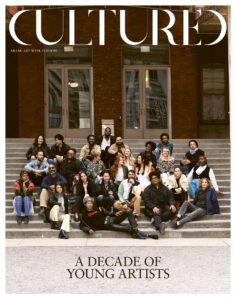
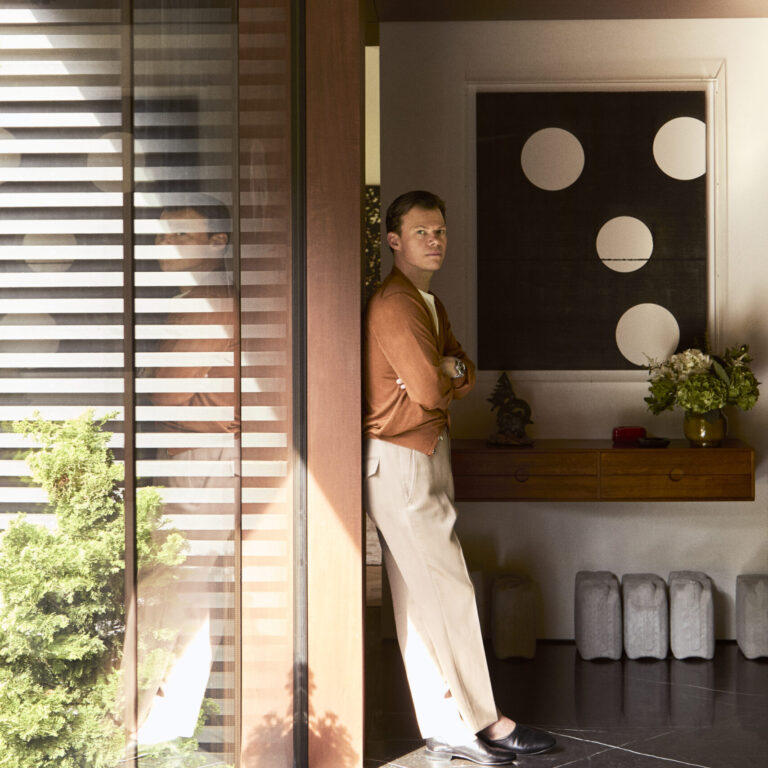

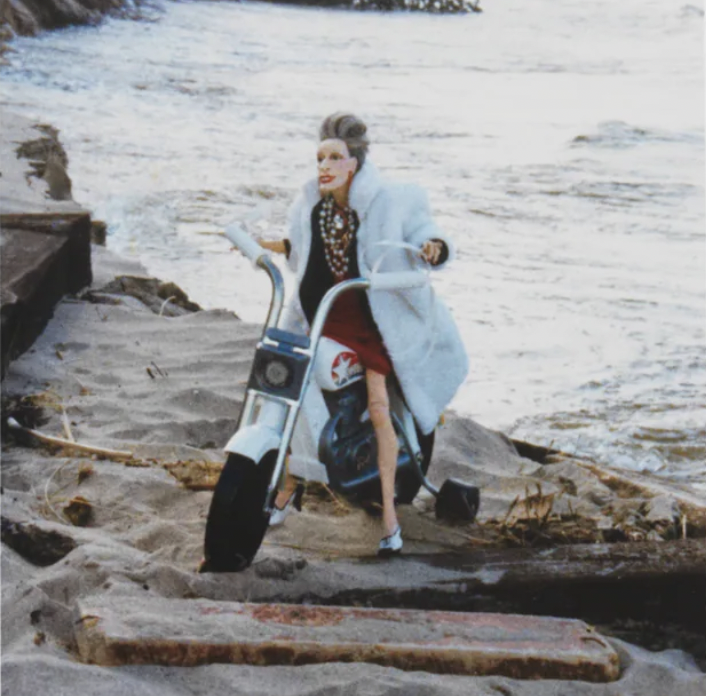

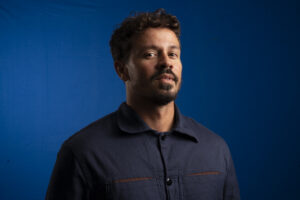
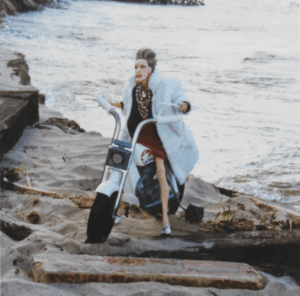

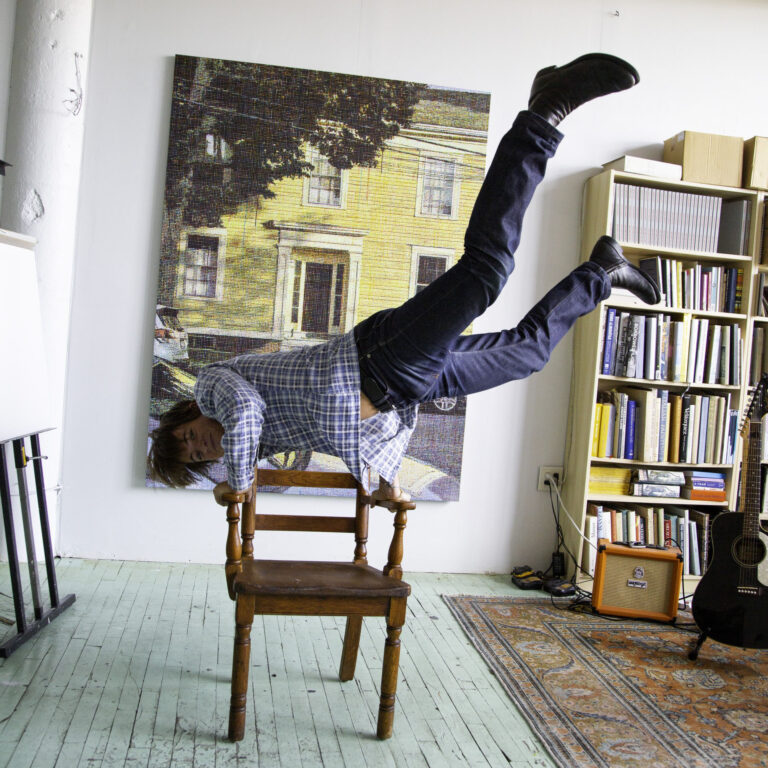

 in your life?
in your life?

